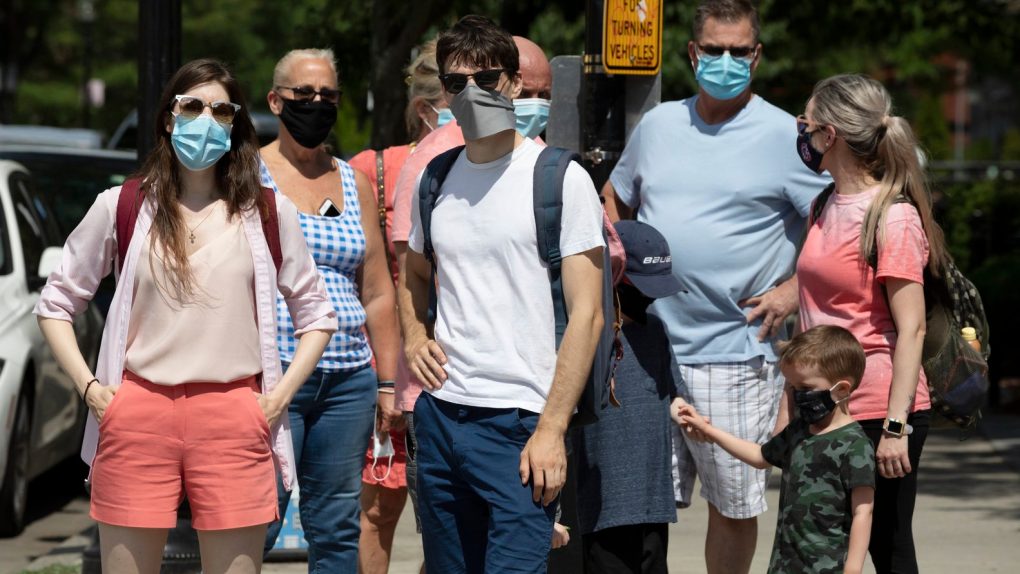- As the number of coronavirus cases continues to surge around the country, almost everywhere is seeing increases to some degree.
- Everywhere, that is, except a few regions — like New England, where states like Vermont have managed to comparatively keep their coronavirus outbreaks low.
- A new study finds that New England will be one of the few areas of the country that emerges less scathed from a projected surge around the rest of the US in August.
The bad news about the coronavirus pandemic keeps piling up, with no end in sight. Whether you’re looking at the inexorable surges in cases around the country, more retailers like Target stepping up and mandating face masks inside their stores, and especially hard-hit states like Arizona and Texas bringing in refrigerated trucks now that morgues have filled up — a light at the end of the tunnel just seems hard to near impossible to find right now.
Unless you happen to live in certain parts of the US, like New England.
The PolicyLab at the Children’s Hospital of Philadelphia has performed a COVID-19 study involving researchers’ analysis of data on coronavirus cases in hundreds of counties representing 71% of the US population. What the researchers found is that, unsurprisingly, states like Florida, Arizona, and Texas are going to see coronavirus surges over the coming month, while states like Nevada and California are also extremely worrisome danger zones.
On the flip side, New England states like Vermont are forecast to remain among the safest places to be in the country as the coronavirus pandemic continues to rage. About Vermont, specifically, don’t you wish your state’s coronavirus charts right now looked like these?
Vermont’s new coronavirus cases:
Deaths from coronavirus in Vermont:
This is not to suggest, however, that states like Vermont have completely beaten the pandemic. On the contrary, the current formal “state of emergency” that exists in Vermont was extended this week for another month by Gov. Phil Scott. He’s made the extension every month since first declaring the state of emergency back in March.
“It’s the vehicle we need to keep certain protections in place, control outbreaks as they come up so we can keep the economy open and manage the ongoing crisis,” he said.
This also comes as White House health advisor Dr. Anthony Fauci has warned that the current COVID-19 crisis has at least an outside shot at being as terrible as the Spanish Flu from the early 1900s, which killed an estimated 50 million people. (For comparison, the latest numbers show that almost 14 million people have been infected globally from the coronavirus so far, according to Johns Hopkins University, and a little less than 600,000 have died from the virus.)
“If you look at the magnitude of the 1918 pandemic where anywhere from 50 to 75 to 100 million people globally died,” Dr. Fauci said earlier this week, “that was the mother of all pandemics and truly historic. I hope we don’t even approach that with [COVID-19] but it does have the makings of, the possibility of approaching that in seriousness.”








